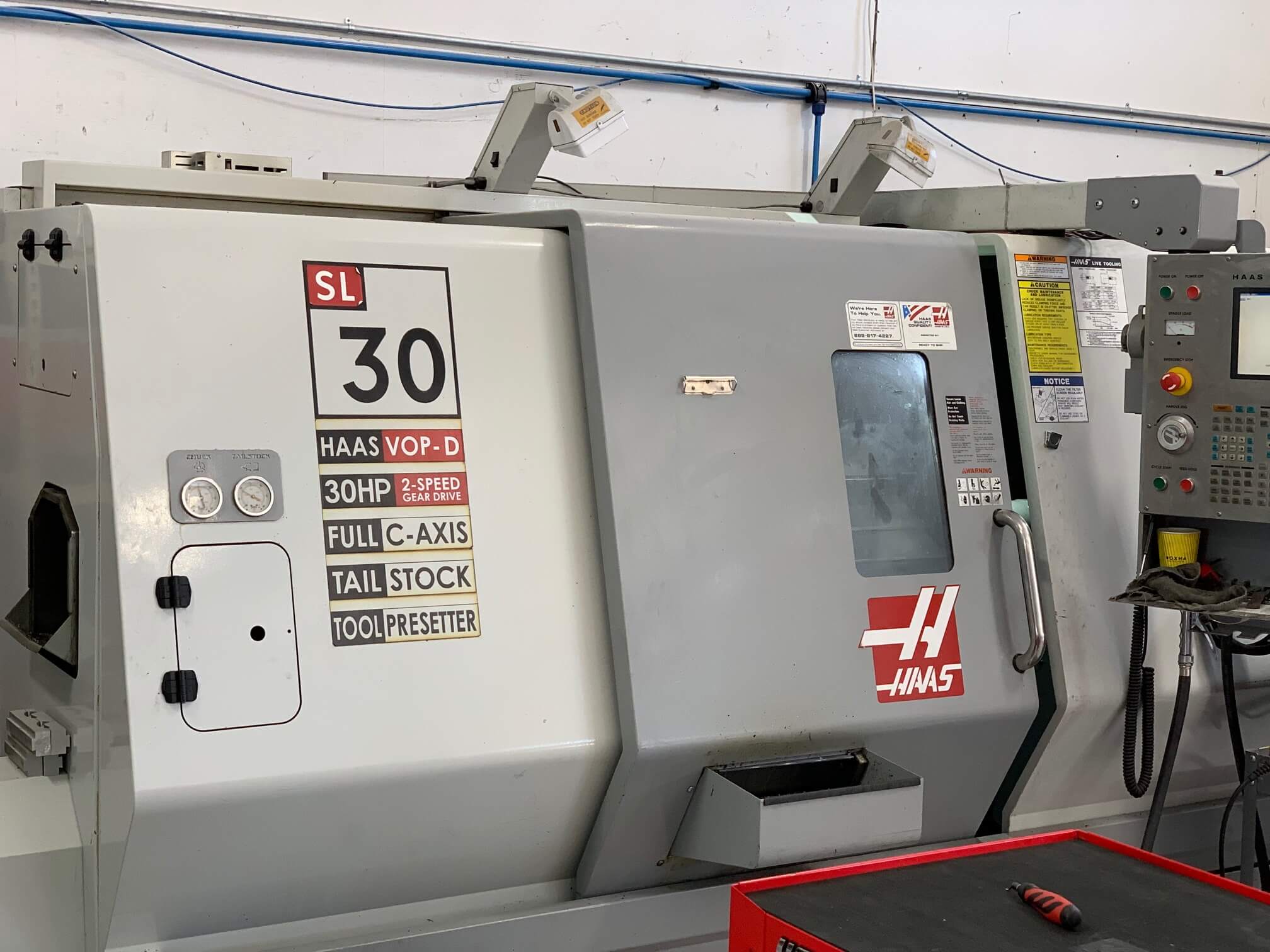CNC turning is a machining process that has revolutionized precision manufacturing. By using computer-controlled machines, CNC turning offers unparalleled precision, speed, and flexibility, making it the preferred choice for many businesses. In this article, we’ll explore everything you need to know about CNC turning, including how it works, its benefits, applications, and FAQs.
What is CNC Turning?
CNC turning is a machining process that involves removing material from a workpiece using cutting tools such as drills, mills, and lathes. The process is controlled by a computer program that directs the movement of the cutting tools, resulting in highly precise and accurate parts and components.
How CNC Turning Works
CNC turning works by following a series of steps that involve designing, programming, and machining the part or component. Here’s how it works:
- Design: The first step in CNC turning is to create a 3D model of the part or component using computer-aided design (CAD) software.
- Programming: The CAD model is then used to program the CNC machine, which controls the movement of the cutting tools.
- Machining: The CNC machine removes material from the workpiece using cutting tools such as drills, mills, and lathes.
- Finishing: Once the part or component is machined, it is finished using a variety of techniques such as deburring, sanding, and polishing.
Benefits of CNC Turning
CNC turning offers many benefits over traditional machining methods, including:
- Precision: CNC turning offers unparalleled precision, resulting in highly accurate parts and components.
- Speed: CNC turning is faster than traditional machining methods, allowing for quicker production times.
- Flexibility: CNC turning can be used with a wide range of materials and can create complex shapes and designs.
- Quality: CNC turning produces high-quality parts and components with tight tolerances and smooth finishes.
Applications of CNC Turning
CNC turning is used in a wide range of industries, including aerospace, automotive, medical, and more. Here are some of the applications of CNC turning:
- Aerospace: CNC turning is used to create complex aircraft parts and components that require high precision and durability.
- Automotive: CNC turning is used to create engine blocks, transmission cases, and other critical automotive components.
- Medical: CNC turning is used to create medical implants, prosthetics, and other medical devices that require high precision and quality.
FAQs
Q: What materials can be used in CNC turning? A: CNC turning can be used with a wide range of materials, including metals, plastics, and composites.
Q: What is the difference between CNC turning and CNC milling? A: CNC turning is a process that involves rotating the workpiece while a cutting tool removes material, while CNC milling involves moving the cutting tool across the workpiece.
Q: How long does CNC turning take? A: The time it takes for CNC turning depends on the complexity of the part or component and the size of the production run.
Conclusion
CNC turning is a highly accurate, reliable, and cost-effective manufacturing process that is used in a wide range of industries to produce high-quality parts and components. By using computer-controlled machines, CNC turning offers unparalleled precision, speed, flexibility, and quality, making it the preferred choice for many businesses. Whether you are in the aerospace, medical, or automotive industry, CNC turning can help you create products that meet the highest standards of quality and reliability. So, if you’re looking for a manufacturing process that can take your business to the next level, consider CNC turning.

0 Comments